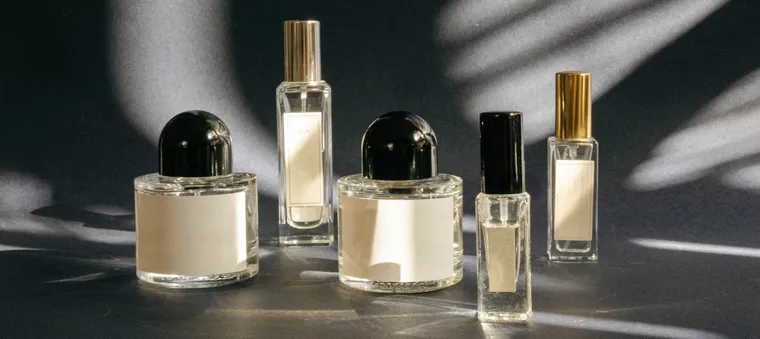Perfumes are far more than just pleasant scents—they represent chemistry, history, and personal identity. Whether you’re exploring natural perfumes for women, classic men’s colognes, or learning about new trends, understanding the fundamentals can help you choose fragrances that truly resonate.
The Science and History of Perfumes
The art of perfume-making dates back over 4,000 years, with early civilizations in Mesopotamia and Egypt using scented oils in rituals. Today, perfumery blends chemistry and artistry. Modern fragrances rely on essential oils, aromatic compounds, and alcohol-based solutions to create long-lasting scents. Research from the International Fragrance Association (IFRA) highlights that safety testing and allergen control are integral parts of modern perfume development.
Essential Fragrance Ingredients
Perfumes are built on three key note layers:
- Top Notes – The first impression, often citrus, herbs, or light florals.
- Heart Notes – The core scent, usually richer flowers, spices, or fruits.
- Base Notes – The lasting foundation, such as woods, musk, amber, or vanilla.
Natural perfumes for women are growing in demand, featuring ingredients like sandalwood, rose, or lavender. Synthetic molecules are also vital, helping replicate rare scents while reducing environmental strain on natural resources.
Cultural Significance of Perfumes
Perfume carries deep cultural meaning across societies. In the Middle East, oud and musk are traditional fragrances symbolizing wealth and spirituality. In France, perfumes reflect artistry and fashion. In the U.S., fragrance trends often follow celebrity endorsements and seasonal moods. Studies show scents influence emotions, memory, and even confidence—demonstrating that perfume is not just luxury, but also psychology.
Bestselling Perfumes for Men and Women in 2025
While individual preferences differ, certain perfumes remain global favorites in 2025:
For Women – Floral and fruity perfumes featuring notes of rose, jasmine, vanilla, and citrus blends rank among the most popular. Natural perfumes and pheromone-inspired varieties are also gaining traction.
For Men – Woody, spicy, and aquatic perfumes dominate. Sandalwood, cedar, bergamot, and amber continue to be key notes in many of the best perfumes for men.
Industry reports suggest that the global perfume market is projected to exceed $70 billion by 2025, with women’s perfumes maintaining a strong lead and men’s options showing consistent growth.
Types of Perfumes: Understanding Concentrations
Perfumes are categorized by their concentration of aromatic oils, which affects strength, longevity, and price:
- Eau de Cologne (EDC) – Lightest concentration (2–4%), lasting 1–2 hours. Fresh and affordable, often used for quick refreshers.
- Eau de Toilette (EDT) – Moderate concentration (5–15%), lasting 3–5 hours. Popular for everyday wear.
- Eau de Parfum (EDP) – Higher concentration (15–20%), lasting 6–8 hours. Ideal for evening or long-lasting fragrance needs.
- Parfum/Extrait – Strongest concentration (20–30%), lasting up to 24 hours. Luxurious and expensive, with deep, rich notes.
In 2025, EDPs dominate sales globally, offering a balance of lasting power and affordability, while natural and niche parfum houses continue to gain traction among fragrance enthusiasts.
Conclusion
Perfumes in 2025 blend history, culture, and innovation into bottles that carry both artistry and identity. From essential ingredients to cultural meanings and bestselling scents, understanding perfumes helps you choose fragrances that suit your lifestyle and personality. Whether you prefer classic floral notes, bold woody undertones, or natural alternatives, perfumes remain one of the most personal and timeless forms of self-expression.
References
- IFRA-IOFI. 3rd IFRA-IOFI Sustainability Report 2025. IFRA
- IFRA Releases 2024 Annual Report. Perfumer & Flavorist
- Marie Claire — “2025’s Top 10 Fragrance Trends Are Tangy, Powerful, and Mossy”
Marie Claire - Allure — “2025’s Biggest Fragrance Trends Are a Feast for the Senses”
Allure

